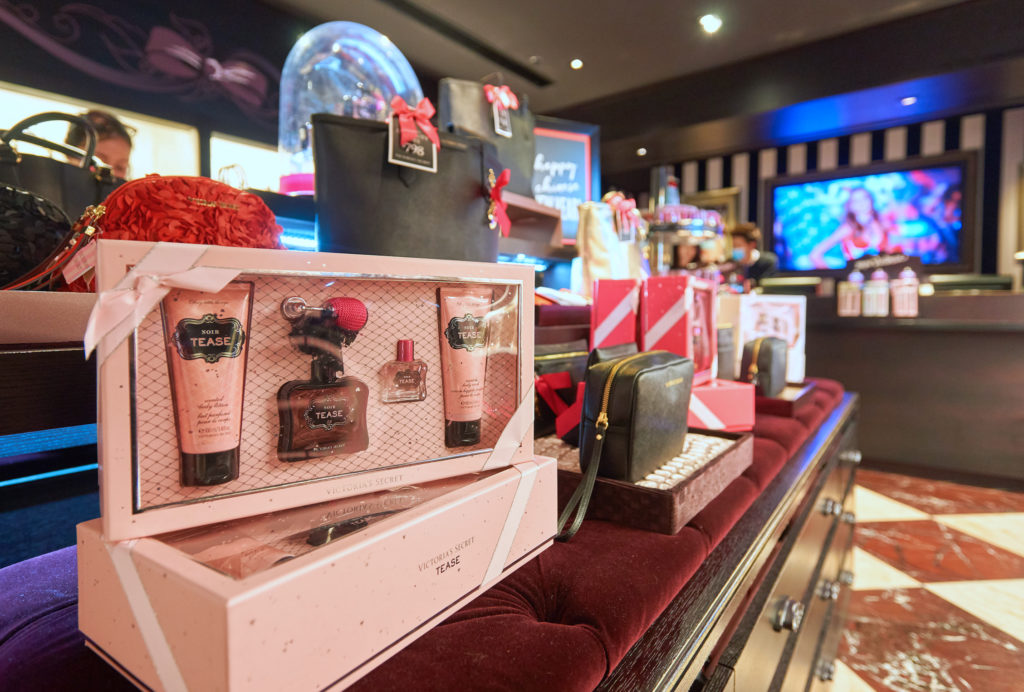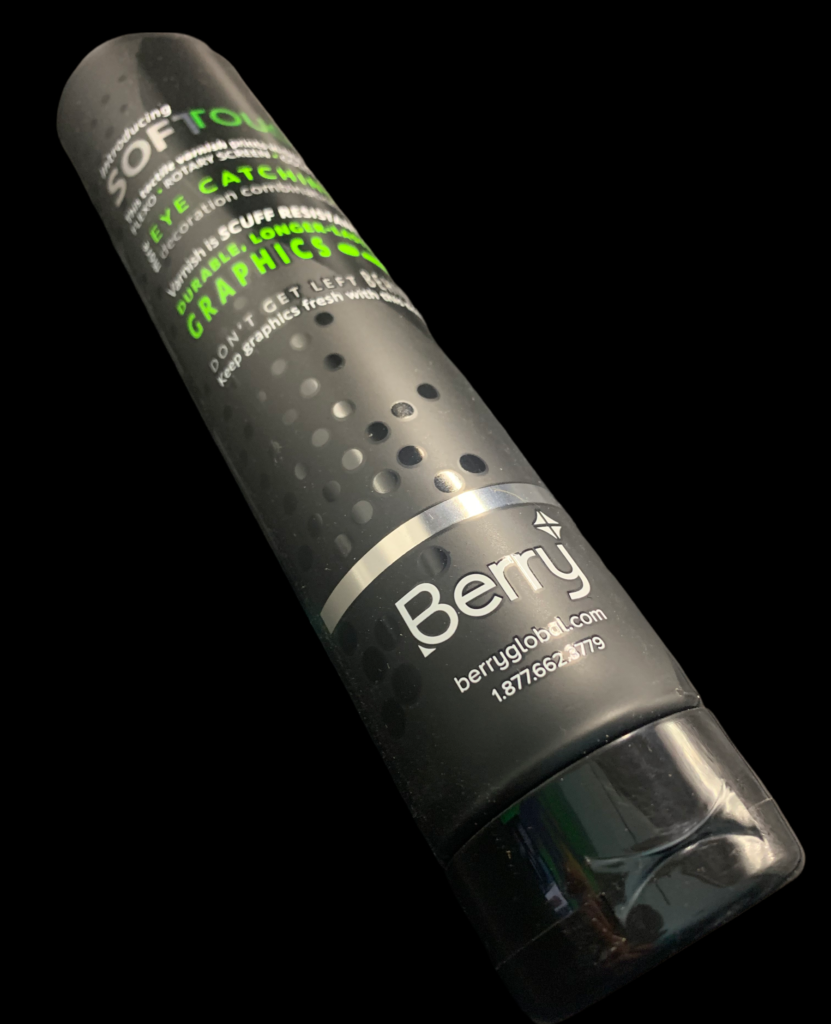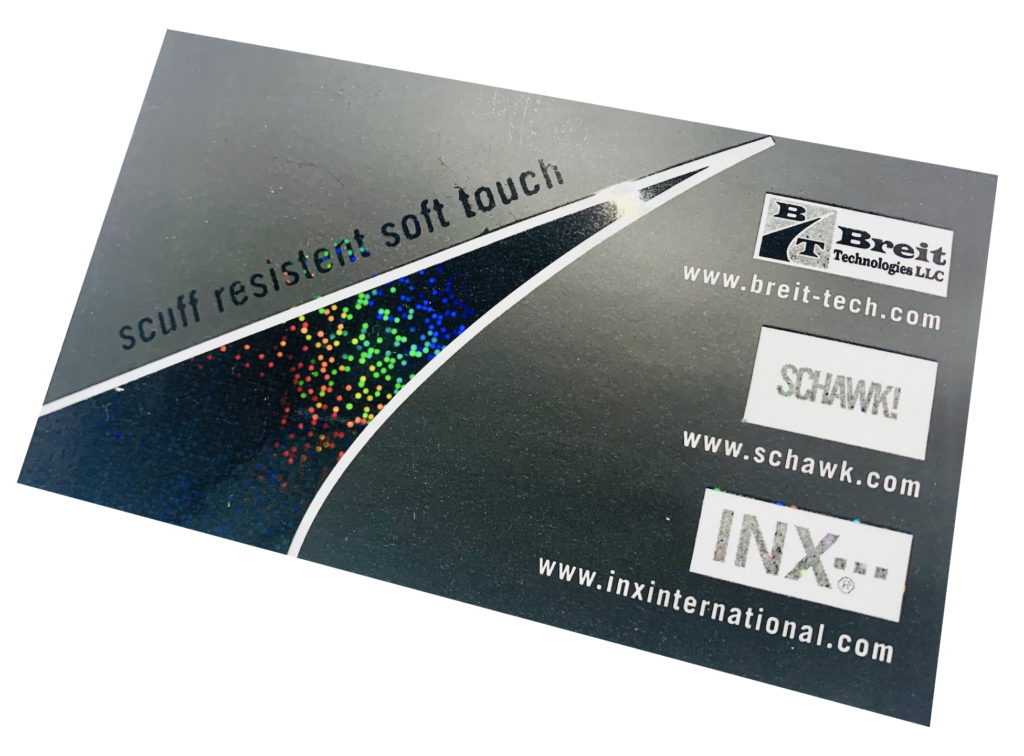3 Types of Soft-Touch Coatings to Make Your Packaging Fly off the Store Shelf

An elegant matte appearance with a rich, suede-like feel, soft-touch coatings have become popular with print and packaging designers over the last decade. Soft touch coatings allow luxury and beauty brands to emphasize their high-end status while making the unboxing experience a pleasurable—and even memorable—tactile event. Coatings also help protect packaging against damage in high-traffic retail environments.
Even more importantly, soft touch coatings increase sales. In fact, one study shows that consumers are willing to pay 5% more for a product in a soft-feeling package!
But to complicate things, there are numerous ways to achieve this effect, each of which has its own benefits.
Below is a summary of the most common ways to apply a soft touch coating so when you’re ready, you can request from your printer the method that best meets your needs.
How Soft Touch is Applied to Packaging
1. Lamination
The most durable way to achieve a soft touch feel is to laminate bi-oriented polypropylene film (BoPP) during the finishing process. Since soft-touch laminates provide a moisture barrier, they tend to make printing appear more muted. Soft touch laminates tend to also be the most expensive option and the plasticized film makes the packaging difficult to recycle. But lamination provides excellent scuff resistance, will prevent corners from curling over time, and will add thickness to the packaging’s structure, thereby making it ideal for e-commerce packaging.
2. Coatings
Due to the cost savings, many designers prefer applying soft touch coatings. Since it does not require an extra press pass, it’s a less expensive process than lamination. And if the coating is aqueous (water-based), this process will not affect the recyclability of the underlying substrate. It will also not mute the printed inks as much as a laminate. Coatings are usually used on paper-based packaging.

3. Cast-and-Cure
The most cost-effective option is Cast and Cure™, which can be applied to just about any type of packaging, from flexible pouches to plastics, paperboard, paper, and labels. With Cast and Cure™, a standard UV varnish is applied inline, after which a special film is “cast” or overlaid onto the varnish, transferring the soft-touch pattern. The varnish is then cured and the film rolled back onto a new core, to be used again. This can be further combined with other types of varnishes to enhance the soft-touch feel.
The cast and cure process has myriad benefits. Since the coefficient of friction (CoF) of standard UV varnish is typically better than aqueous coatings, a cast and cure soft touch coating will make your package more scuff resistant than a standard aqueous offering. Moreover, Cast and Cure™ requires no extra press wash-up, so production time is less. Even more importantly, since the film can be reused numerous times, it is one of the most cost-effective and eco-friendly processes on the market.
Finally, since UV varnishes are recyclable, cast and cure coatings won’t affect the recyclability of your packaging.

Getting Started
When you’re ready to apply a soft touch coating to your next design project, first identify the challenges you’re trying to overcome. If recyclability and cost savings is a priority, then you’ll want to use Cast and Cure™. If it’s more important that your packaging remain scuff free on-shelf or during shipping, then a more expensive soft-touch laminate may be your best option.
In either case, you’ll never go wrong by applying a velvet-like coating to a label, printed piece, or package. Not only will your customers find it almost impossible to put down, but it will increase the lifespan of the piece AND improve sales.
